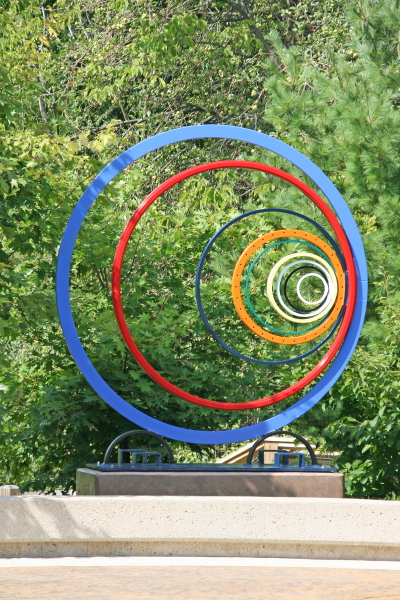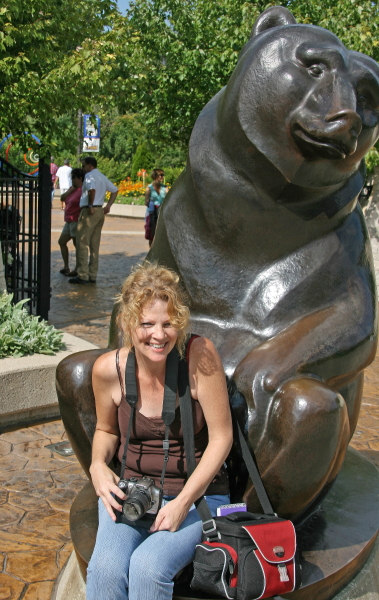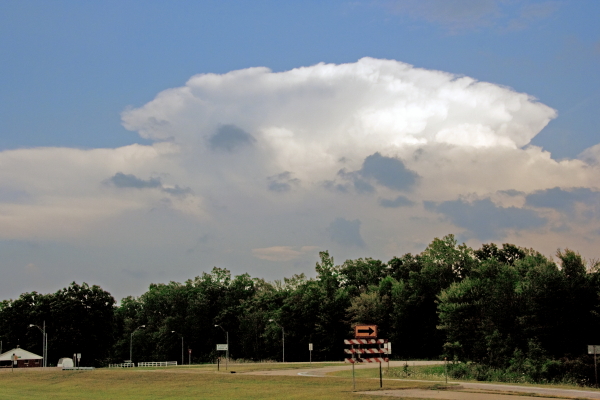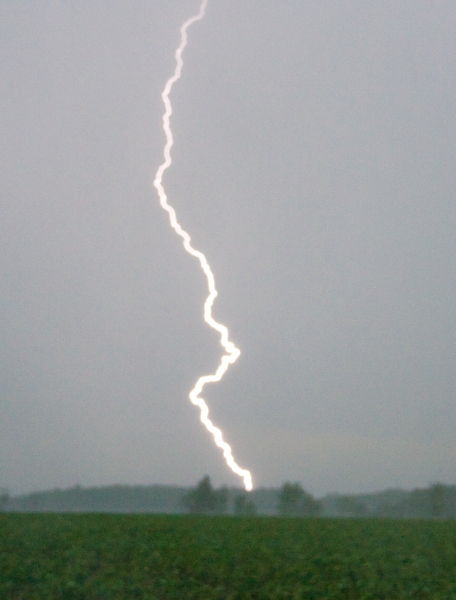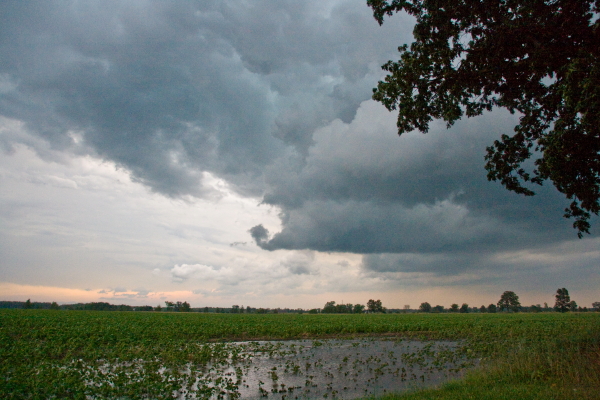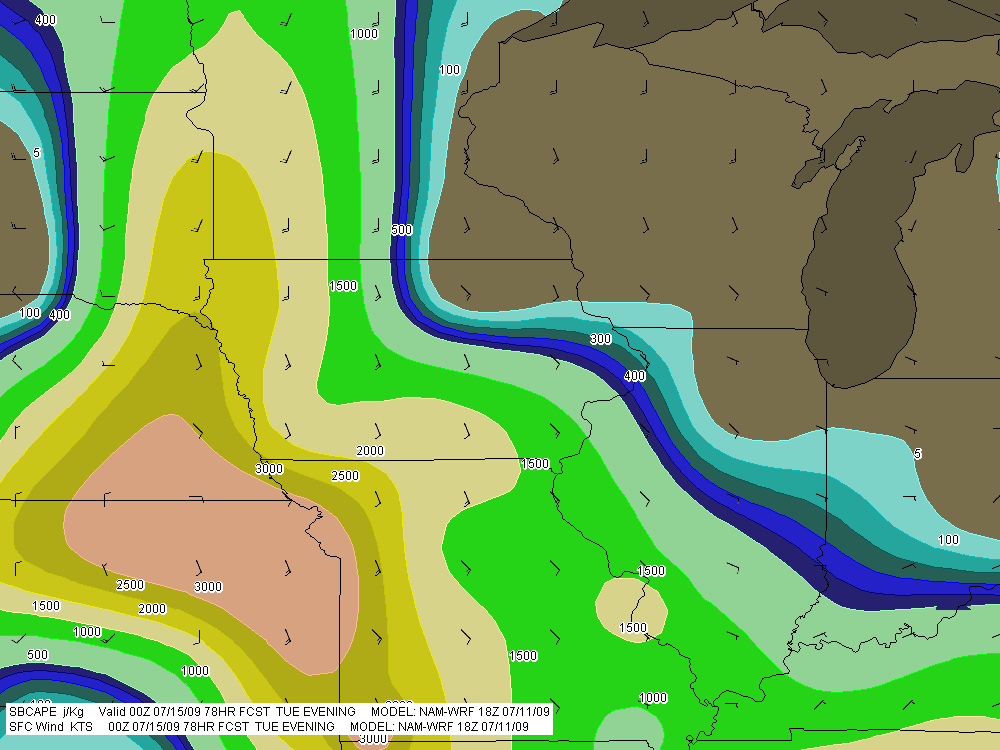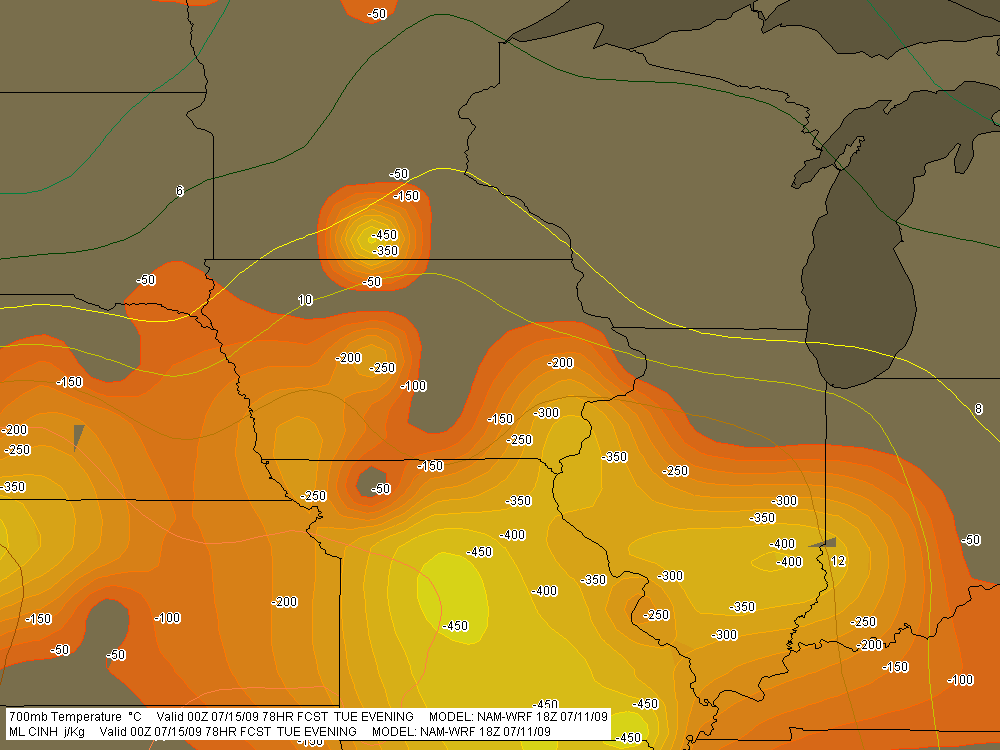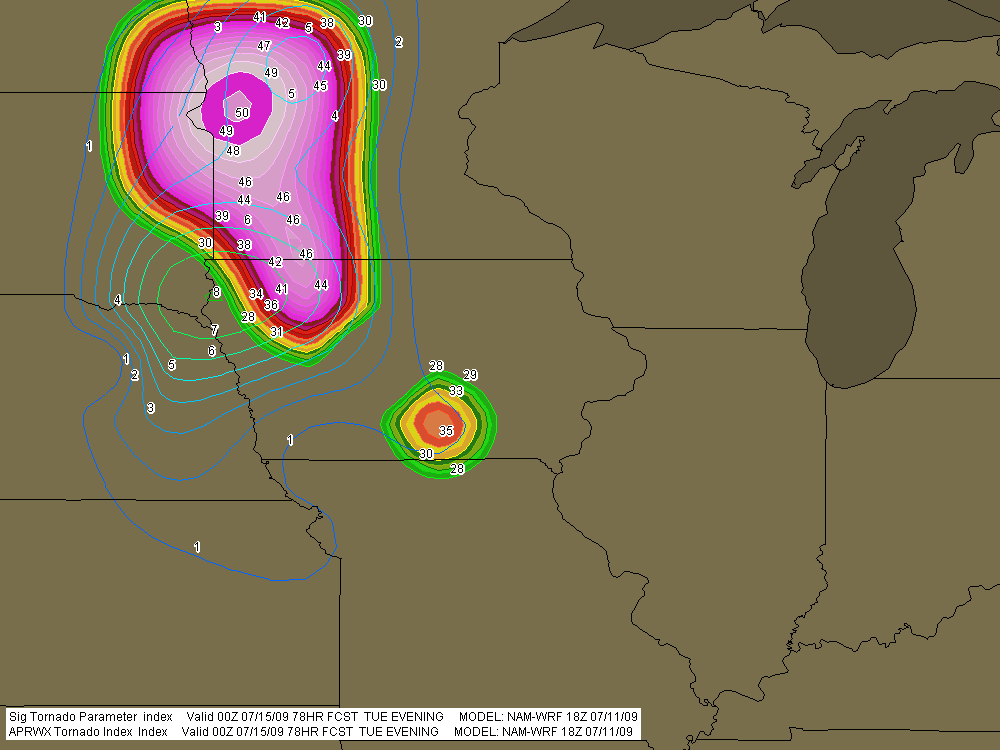While doing a bit of Googling on waterspouts, I came across an article in eHow that made me do a double-take, titled “How to Break a Waterspout with a Gunshot.”
My first response was to wonder whether the writer was referring to an old marine practice that I dimly remember reading about of trying to dissolve waterspouts with cannon fire. But no, the writer doesn’t require that you use a cannon. All you need is a gun, he assures you, preferably one with “the blast strength of a shotgun or better.”
Here’s a link to the article. And since it’s a short piece and I’m leery of broken links, I’m going to also quote it here for you in its entirety.
Instructions
Hmmm…sounds reasonable. Anyone care to give it a try? Let me know–I’ll lend you my 12 gauge. On second thought, no I won’t. Chances are that’s the last I’d see of it.
I wonder where this person has gotten his or her information, and what actual research–versus anecdotal evidence and pure speculation–is available to back it up? Even the weakest waterspout involves vast scales of motion that extend upward for thousands of feet and aren’t likely to be be impressed by twinky little shotgun pellets passing through them. I’ve seen a video of an airplane flying through a fair-weather waterspout, and the spout didn’t so much as hiccup.
I’m ready to be proved wrong, but I have a hunch that any purported waterspout thwartings by gunshot stem from encounters where the spouts were already at the point of dissolution. Waterspouts aren’t known for their longevity; still, a spout is going to break up when it’s darned good and ready to. Until then, peppering away at it with “a gun with the blast strength of a shotgun or better” (precisely what “or better” means is unclear to me, but I doubt it matters) isn’t going to make much difference.
I’m no expert on waterspouts, but I do have an opinion on them, namely, that waterspouts are something to enjoy from a distance, avoid when boating, and respect as a phenomenon over which we have little control.
As for breaking one with a gunshot, gee, why not? But first, let’s you and me go on a snipe hunt. Now, you just stand over there in that swamp, hold this burlap bag open, and call, “Here, snipe-snipe-sniiiiipe!” while I circle around through the woods…

